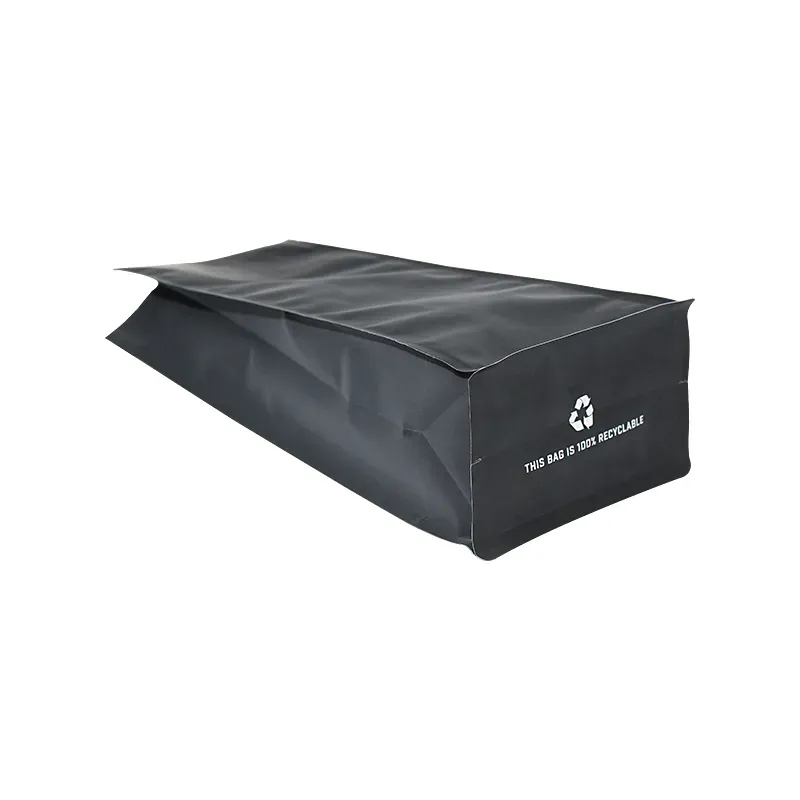- Afrikaans
- Albanian
- Amharic
- Arabic
- Armenian
- Azerbaijani
- Basque
- Belarusian
- Bengali
- Bosnian
- Bulgarian
- Catalan
- Cebuano
- chinese_simplified
- chinese_traditional
- Corsican
- Croatian
- Czech
- Danish
- Dutch
- English
- Esperanto
- Estonian
- Finnish
- French
- Frisian
- Galician
- Georgian
- German
- Greek
- Gujarati
- haitian_creole
- hausa
- hawaiian
- Hebrew
- Hindi
- Miao
- Hungarian
- Icelandic
- igbo
- Indonesian
- irish
- Italian
- Japanese
- Javanese
- Kannada
- kazakh
- Khmer
- Rwandese
- Korean
- Kurdish
- Kyrgyz
- Lao
- Latin
- Latvian
- Lithuanian
- Luxembourgish
- Macedonian
- Malgashi
- Malay
- Malayalam
- Maltese
- Maori
- Marathi
- Mongolian
- Myanmar
- Nepali
- Norwegian
- Norwegian
- Occitan
- Pashto
- Persian
- Polish
- Portuguese
- Punjabi
- Romanian
- Russian
- Samoan
- scottish-gaelic
- Serbian
- Sesotho
- Shona
- Sindhi
- Sinhala
- Slovak
- Slovenian
- Somali
- Spanish
- Sundanese
- Swahili
- Swedish
- Tagalog
- Tajik
- Tamil
- Tatar
- Telugu
- Thai
- Turkish
- Turkmen
- Ukrainian
- Urdu
- Uighur
- Uzbek
- Vietnamese
- Welsh
- Bantu
- Yiddish
- Yoruba
- Zulu
Comparing Offset Printing and Digital Printing Techniques for Modern Applications
Offset Print vs. Digital Print A Comparative Overview
In the realm of printing technology, offset and digital printing are two of the most prevalent techniques, each with its own strengths, weaknesses, and ideal applications. Understanding the differences between these two methods is crucial for businesses and individuals looking to choose the most suitable printing solution for their needs.
Offset Printing The Traditional Titan
Offset printing, developed in the early 20th century, is a method that involves transferring ink from a plate to a rubber blanket and then onto the printing surface. This indirect process is known for its high-quality output and efficiency in producing large quantities of prints.
One of the most significant advantages of offset printing is its cost-effectiveness for larger runs. Once the initial setup is completed, the cost per unit decreases significantly as the volume increases. This makes offset printing an optimal choice for projects like magazines, brochures, and books where high-quality and consistency is paramount. The method also allows for a wider variety of inks and paper options, leading to more creative possibilities.
However, offset printing has its drawbacks. The initial setup costs can be quite high, making it less economical for small print runs. Additionally, the time required for setup and drying can extend production timelines. This method may not be suitable for projects requiring quick turnaround times or frequent changes in design.
Digital Printing The Modern Maverick
In contrast, digital printing is a more recent technology that involves printing directly from a digital file without the need for plates. This technique is highly flexible, allowing for rapid changes and short runs with minimal setup. It has gained immense popularity among businesses for its efficiency and adaptability.
One of the standout features of digital printing is its ability to produce high-quality prints on demand. This method is particularly advantageous for small businesses or individual projects where smaller quantities are needed without incurring prohibitive costs. Digital printing also allows for personalization and variable data printing, making it ideal for targeted marketing campaigns where each piece can be customized for different recipients.
offset print vs digital print

Despite its advantages, digital printing tends to have higher costs per unit for larger print runs compared to offset printing. While advancements in digital printing technology continue to improve quality and decrease costs, it may still fall short when it comes to very large projects, where offset printing's economies of scale become more pronounced.
Comparative Applications
Choosing between offset and digital printing largely depends on the specific needs of a project. If a business requires a large volume of prints with consistent quality and vivid colors, offset printing is often the better choice. Examples include books, large magazines, and commercial items like catalogs.
On the other hand, for short runs, customized pieces, or projects with quick turnaround times, digital printing clearly holds the advantage. Items such as invitations, business cards, and promotional material can benefit from its flexibility and efficiency.
Environmental Considerations
As sustainability becomes increasingly important in today’s market, both printing methods have made strides in reducing their environmental impact. Offset printing has seen developments in eco-friendly inks and the use of recycled papers. Digital printing is generally considered to have a smaller carbon footprint for small print jobs, as it eliminates the need for plates and reduces waste. However, the overall environmental impact can vary based on specific practices and materials used by printing companies.
Conclusion
In summary, offset and digital printing each offer unique benefits and limitations that cater to different printing needs. While offset printing excels in large quantities and consistent quality, digital printing provides flexibility and speed for smaller projects. The choice between the two ultimately depends on the print volume, quality requirements, budget, and timeline. Understanding these differences and assessing one's specific needs can help ensure that the right printing method is selected for any project.













